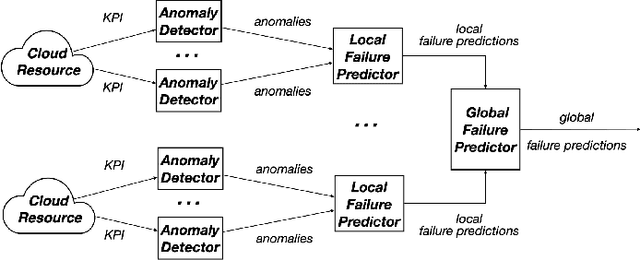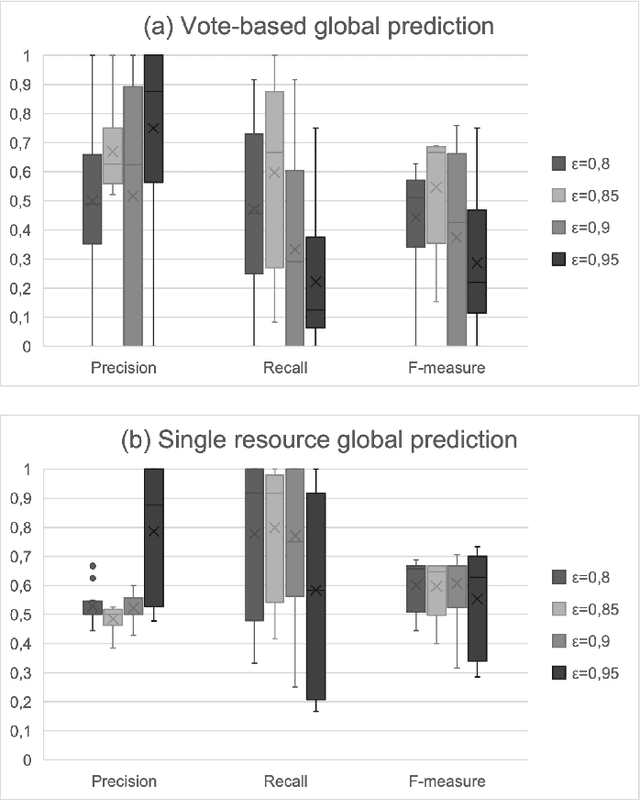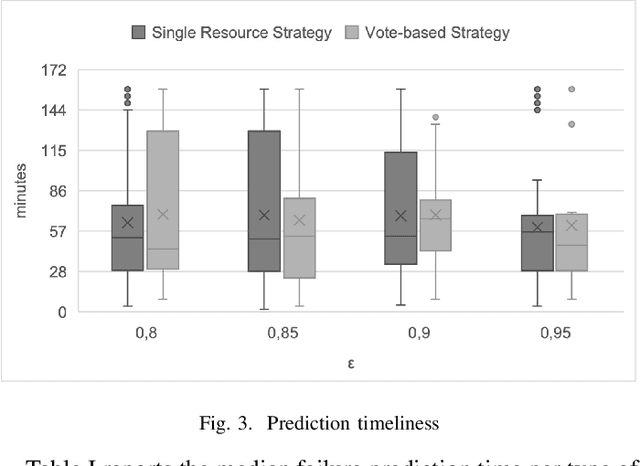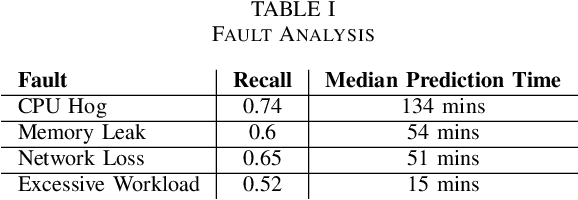Oliviero Riganelli
Analyzing Prompt Influence on Automated Method Generation: An Empirical Study with Copilot
Feb 13, 2024Abstract:Generative AI is changing the way developers interact with software systems, providing services that can produce and deliver new content, crafted to satisfy the actual needs of developers. For instance, developers can ask for new code directly from within their IDEs by writing natural language prompts, and integrated services based on generative AI, such as Copilot, immediately respond to prompts by providing ready-to-use code snippets. Formulating the prompt appropriately, and incorporating the useful information while avoiding any information overload, can be an important factor in obtaining the right piece of code. The task of designing good prompts is known as prompt engineering. In this paper, we systematically investigate the influence of eight prompt features on the style and the content of prompts, on the level of correctness, complexity, size, and similarity to the developers' code of the generated code. We specifically consider the task of using Copilot with 124,800 prompts obtained by systematically combining the eight considered prompt features to generate the implementation of 200 Java methods. Results show how some prompt features, such as the presence of examples and the summary of the purpose of the method, can significantly influence the quality of the result.
Cloud Failure Prediction with Hierarchical Temporary Memory: An Empirical Assessment
Oct 06, 2021



Abstract:Hierarchical Temporary Memory (HTM) is an unsupervised learning algorithm inspired by the features of the neocortex that can be used to continuously process stream data and detect anomalies, without requiring a large amount of data for training nor requiring labeled data. HTM is also able to continuously learn from samples, providing a model that is always up-to-date with respect to observations. These characteristics make HTM particularly suitable for supporting online failure prediction in cloud systems, which are systems with a dynamically changing behavior that must be monitored to anticipate problems. This paper presents the first systematic study that assesses HTM in the context of failure prediction. The results that we obtained considering 72 configurations of HTM applied to 12 different types of faults introduced in the Clearwater cloud system show that HTM can help to predict failures with sufficient effectiveness (F-measure = 0.76), representing an interesting practical alternative to (semi-)supervised algorithms.
 Add to Chrome
Add to Chrome Add to Firefox
Add to Firefox Add to Edge
Add to Edge